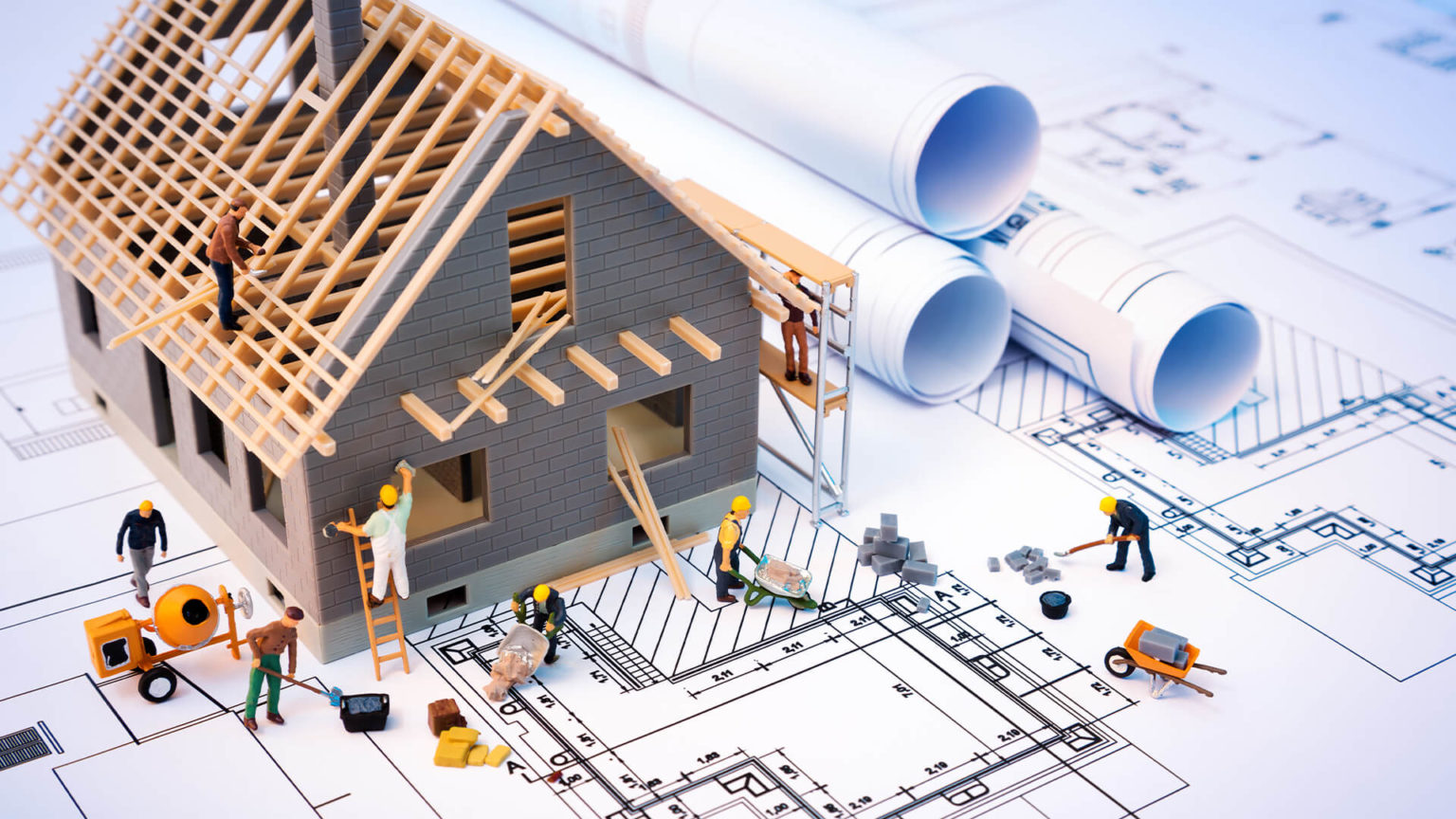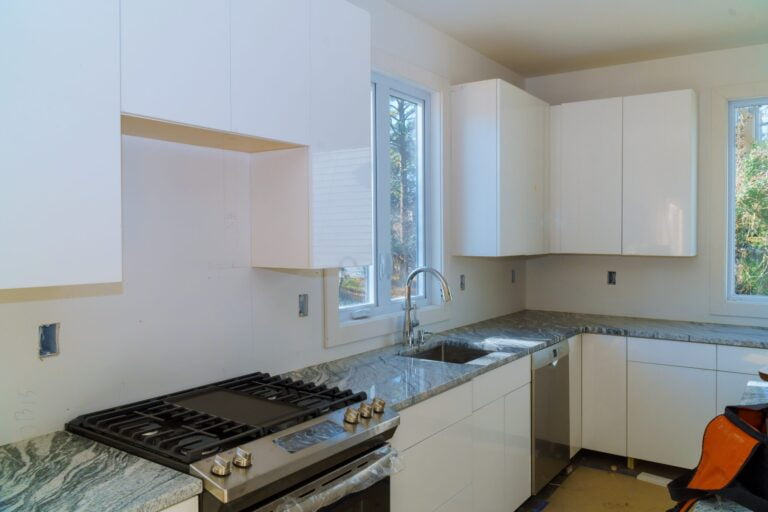Building a house can be an exciting and fulfilling adventure. Planning out every step of the building process can be thrilling and overwhelming at the same time. Many first-timers find it daunting considering the many decisions they have to make. Not to worry, here’s a comprehensive homeowner’s checklist for building a house.
Budgeting

If you decide to build a house, budgeting should be the first item on your checklist. Before you set your building budget, determine how much you’re willing to spend on your new house. You may decide to hire a general contractor to save money on hiring subcontractors. For example, if you’re currently building a home in South Florida, you might want to hire a window replacement company for your window installation project. A small local contracting company like West Palm Beach window installers might come in handy.
Keep in mind that there are a number of windows to choose from, including hurricane impact windows, storm windows, ESW windows, bow windows, casement windows, and bay windows. Hurricane windows withstand high wind pressures and improve a home’s energy efficiency. The key takeaway is that budgeting is the best way to help guide your spending and mitigate significant financial losses. More importantly, make sure all the building costs and miscellaneous expenses are adequately covered in your budget.
Planning and Design
When it comes to planning and designing your home, you can do it yourself if you are a DIYer. If you decide to design your home yourself, make sure you consider the scope of the building project before you get started. Alternatively, you can contact a professional to help you design your house. Architects are trained and licensed to handle the design process of a building project. Remember that some zones require homeowners to engage the services of professional architects and engineers.
Also, keep in mind that home design should be all-encompassing. The schematic design should include a plan for indoor spaces. Give lots of thought to the kind of home you want. Aim to design your house with an eye for style and functionality. Your plan should include every minute detail, including the type of flooring. Flooring options are unlimited, however, most homeowners limit their flooring choices to hardwood flooring and carpets. The bottom line is that the type of flooring product you use must be durable.
If you don’t like hard surfaces, consider laying a new carpet on your new floor. Finding the right carpet for your home can be overwhelming, given the different types of carpet available in the market. There isn’t a one-size-fits-all to select the perfect carpet.
While some people may like red carpets, many others may enjoy them in other colors.
It’s always best to opt for a carpet tile design that highlights the theme of your home décor. Whether you want an indoor or outdoor carpet, always request free carpet samples to pick your favorite color and pattern. Similarly, you can get free flooring samples for other types of flooring products.
Land Purchasing

Once you’ve completed the budgeting and planning stage, the next step is finding a suitable house location. Aim to find a desirable location for your house. Keep in mind that you have to think long-term when looking for suitable land to build your home. Select a property to build your house based on your home budget. Never forget that purchasing a land property is a significant investment.
Get a licensed surveyor to have the land surveyed so you don’t creep into someone else’s property. Before deciding, think about access issues like the state of access roads during winter or summer.
You should also pay special attention to the climate of the region. Hypothetically, you want to build a house in Florida. It would be best to make special considerations for extreme climatic and weather conditions like a hurricane, flood, intense heat, and frigid cold. Ensure the location has access to utilities like potable water, electric power, telephone, and internet. Check to see if essential commodities and medical help are nearby.






